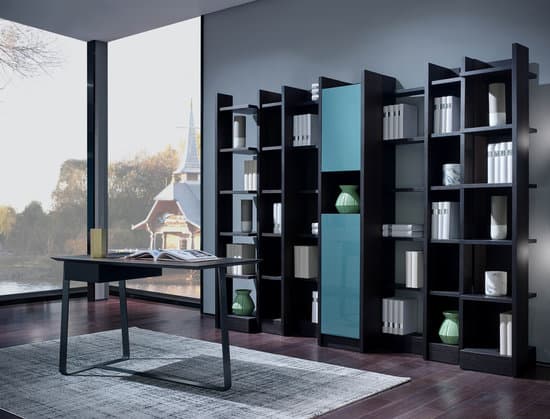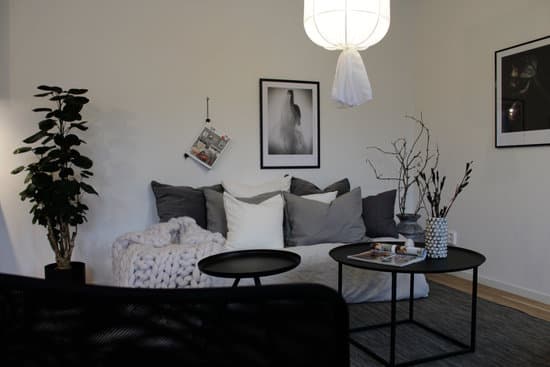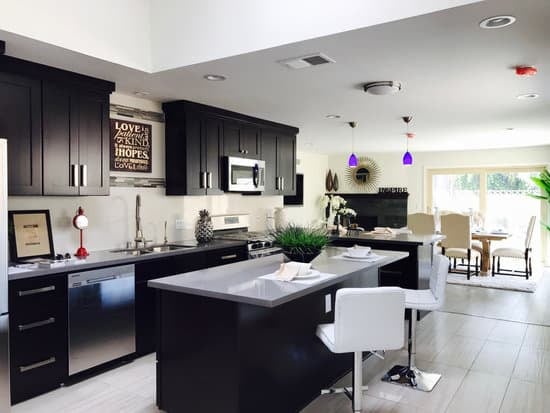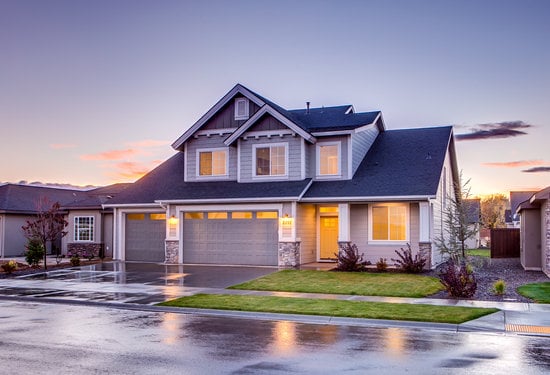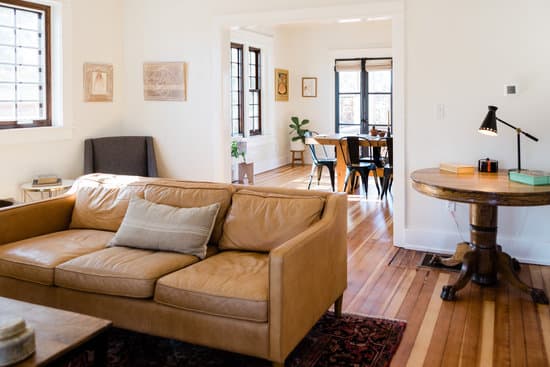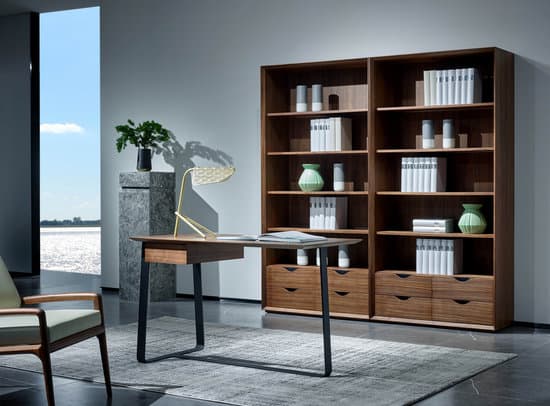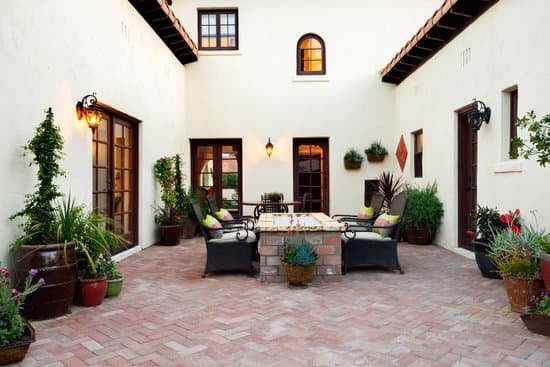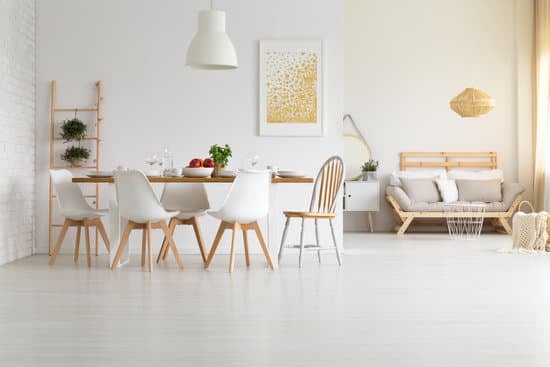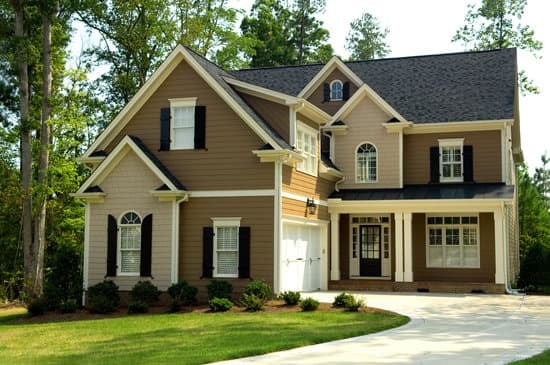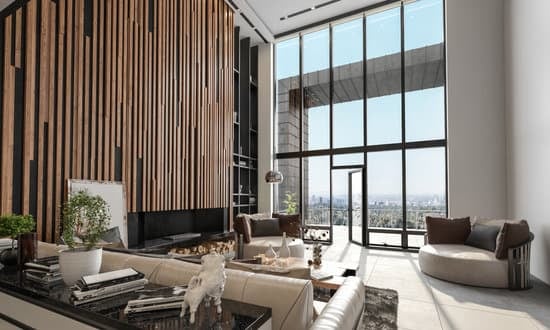- Geography: Tuscan homes are typically found in Italy, while Mediterranean homes can be found in a variety of countries along the Mediterranean coastline, such as Spain, Greece, and Morocco.
- Color Scheme: Tuscan style homes are known for their earthy color palette, with warm tones of yellow, gold, ochre, and red. Mediterranean homes may incorporate brighter colors, including blues, greens, and purples, inspired by the sea and surrounding landscapes.
- Architecture: Tuscan homes often feature stucco exteriors, tile roofs, and stone accents, while Mediterranean homes may have features like arched doorways, wrought-iron balconies, and terra cotta roof tiles.
- Interior Design: Tuscan style interiors often embrace rustic, natural elements, such as exposed ceiling beams and stone fireplaces. Mediterranean homes may incorporate more ornate details, such as colorful tile work, intricate brick patterns, and ornamental ironwork.
- Landscape: Both Tuscan and Mediterranean homes tend to incorporate outdoor living spaces, such as patios, courtyards, and gardens. Tuscan exteriors often feature Tuscan landscapes, including olive trees, vineyards, and bright sunflowers, while Mediterranean landscapes may include palm trees, citrus trees, and Mediterranean-style gardens.
Mediterranean and Tuscan style homes both have distinct characteristics that set them apart from other architectural styles. While Tuscan homes draw their influences from the Italian countryside, Mediterranean homes incorporate elements from various cultures around the Mediterranean region. Here are some key differences to look for between the two styles:





